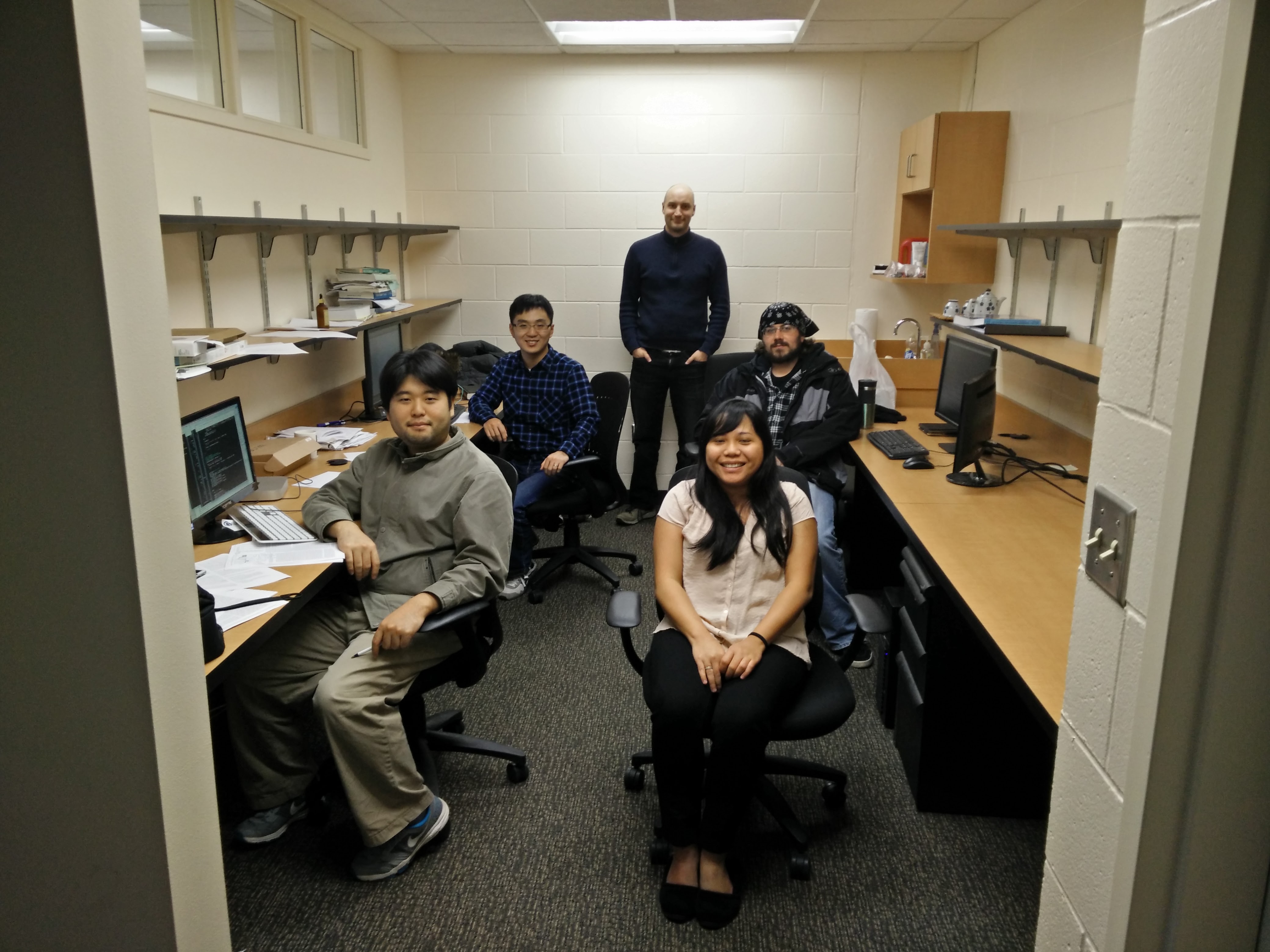This week we were visited by Dr. Susi Lehtola from Martin Head-Gordon’s group at Berkeley. Susi’s doing a high performance implementation of PQ, PH etc. and seeing phenomenal speedups (>500x) over the old code. It looks like he’ll be only limited by orbital transformation time, and thus able to study huge systems. Of course the tradeoff is that vs. my original machine generated code (which was still large. ~200Kb files), Susi’s source files are so big they are making GCC squeal (who doesn’t wanna hear GCC squeal). John Herr and Kevin Koh have officially joined up as of a few hours ago welcome guys. 
Monthly Archives: November 2015
It’s working…
The RPA/TDDFT has many shortcomings, the most elementary being it’s inability to generate double excitations. Peaks are missing from the RPA spectrum and appear at the wrong energies. So here’s a difficult example where I’ve constructed a molecule which is strongly correlated (it’s bandgap is <1eV) and propagated it with our new EOM (ee2) & RPA. The exact transitions for this molecule occur at the red sticks. Despite the fact that it is based on the 1-RDM alone, is cheaper than Mp2, and despite the fact that it has no memory kernel, ee2 captures the missing states and double excitations. It provides a great improvement over RPA…
